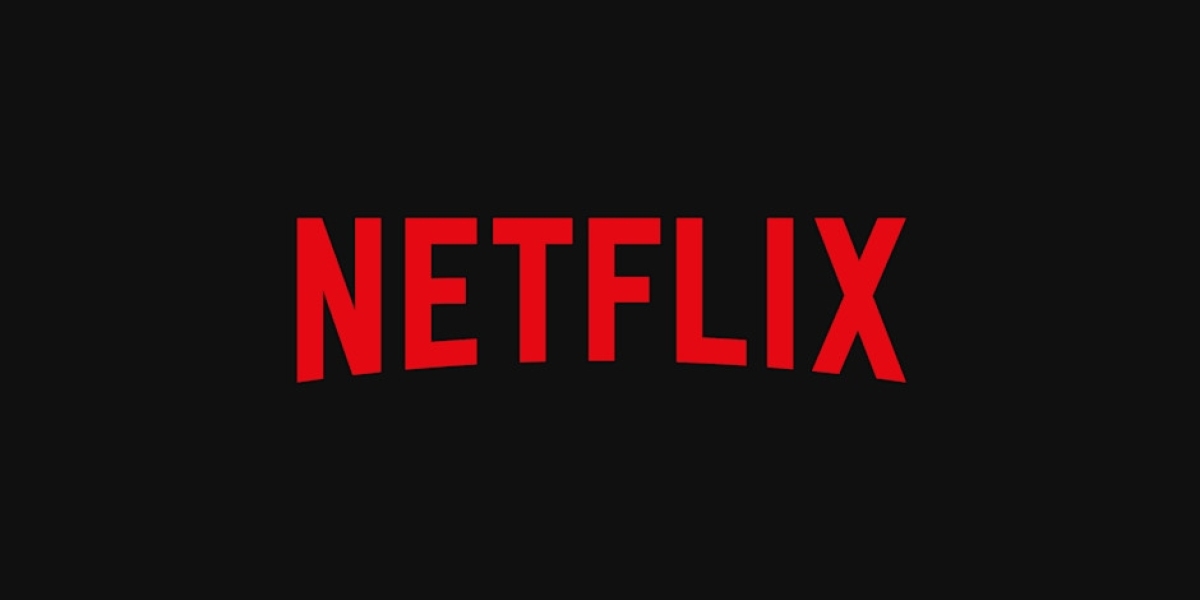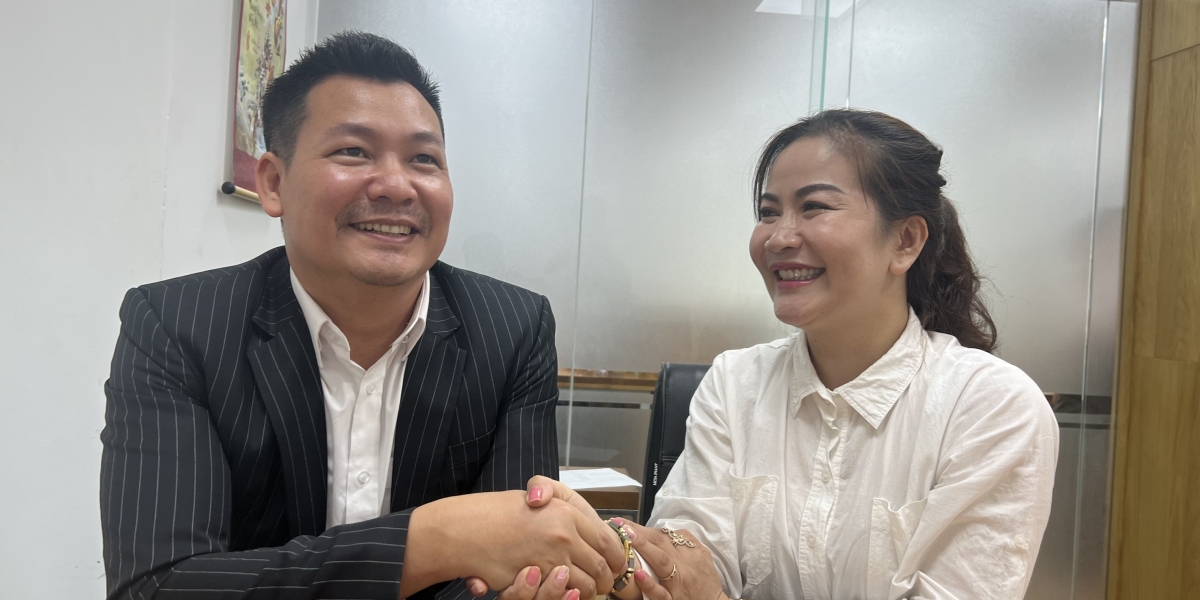Every player, coach, and fan agrees on one thing: sports should inspire, not endanger. Yet, as competition intensifies and technologies evolve, Sports Health and Safety becomes a collective responsibility rather than a box to check. The conversation today stretches from concussion prevention to digital protection—because modern sports aren’t only physical; they’re deeply connected.
What’s the role of open community dialogue in keeping athletes safe? How can we turn awareness into habit rather than headlines? Those are questions worth exploring together.
The Expanding Definition of Health and Safety in Sport
Once upon a time, “safety” meant helmets and first aid kits. Now, it includes heat exposure, mental health, digital security, and equitable access to care. Athletic well-being has grown into a multidisciplinary field, touching physiology, psychology, and even cyber hygiene.
The integration of analytics and connected devices—like heart-rate trackers and motion sensors—adds another dimension. These tools promise performance gains, but they also demand new vigilance. How can we make sure athletes understand both the benefits and risks of constant monitoring?
In many circles, community awareness platforms such as have sparked valuable discussions about how shared statistics and feedback loops can guide safer play. But can open data also create unintended privacy challenges?
The Role of Coaches and Support Staff as Safety Leaders
Safety culture begins with leadership. Coaches, athletic trainers, and volunteers often set the tone for how athletes treat their health. A coach who normalizes rest and recovery can do more for injury prevention than the most advanced technology.
Yet, how many community sports programs truly train their staff to recognize early signs of overtraining or mental fatigue? Should safety certification be mandatory for all youth coaches, not just professionals?
By expanding our definition of leadership to include “guardianship,” we shift the culture from performance-first to people-first.
Athletes as Advocates: Turning Experience into Awareness
No one understands the stakes better than those on the field. Athletes who share their stories of injury, recovery, or burnout turn data into emotion—and emotion drives change.
Imagine a forum where players compare recovery timelines, mental health check-ins, and safety hacks that worked for them. That’s peer mentorship in action. What if every athlete, from youth to elite, could mentor one younger participant about how to train smarter and safer?
As conversations around 스피드스포츠매치데이터 suggest, community-driven knowledge is often more trusted than top-down instruction. How can we make these peer learning networks more visible and inclusive?
When Technology Protects—and When It Overreaches
Smart helmets, hydration sensors, and fatigue trackers are transforming safety protocols. Still, they raise critical questions: Who validates the data? Who owns it? And what happens when performance monitoring crosses into surveillance?
Cybersecurity experts—many drawing from frameworks similar to those promoted by cisa—warn that even harmless-looking fitness apps can expose sensitive health data. For athletes, a privacy breach isn’t just personal; it can affect contracts, sponsorships, and public perception.
Should governing bodies adopt data protection standards as strict as those for concussion management? And how can smaller community clubs apply the same principles without major budgets?
The Mental Health Dimension of Safety
Injury prevention is visible; emotional strain isn’t. Anxiety, isolation, and burnout often go unnoticed until performance drops or withdrawal occurs. Integrating mental wellness into Sports Health and Safety means acknowledging that recovery involves both body and mind.
Could we build pre-season “mental readiness” workshops the same way we host fitness assessments? What would happen if post-game debriefs included emotional check-ins alongside tactical analysis?
When communities discuss mental health openly, stigma fades and support networks form naturally. That might be one of the most powerful safety tools of all.
Community Partnerships and Local Health Networks
Health and safety programs flourish when local clinics, schools, and civic organizations collaborate. Shared facilities, mobile recovery units, and volunteer medics can extend access to athletes who might otherwise go without care.
Still, cooperation takes coordination. How can local clubs better align with public health authorities to ensure consistent safety protocols? Could a standardized certification—recognized across schools, municipalities, and clubs—make collaboration smoother?
These questions call for dialogue, not decrees. The more we invite diverse stakeholders to the table, the stronger the culture of accountability becomes.
Digital Safety: Protecting the Modern Athlete
As sports migrate online—from eSports to data-driven training—digital safety becomes as crucial as physical conditioning. Account hacking, data theft, and online harassment all pose new risks to athlete well-being.
Borrowing guidance from cyber defense models like those outlined by cisa, sports organizations can build resilience: secure data storage, two-factor authentication, and regular awareness training. But are these safeguards reaching athletes at every level, or only the top tier?
Could open-source security toolkits—shared freely within the sports community—level the playing field for smaller organizations?
Fans, Families, and the Wider Ecosystem of Safety
Spectators and families play a subtle but vital role in shaping norms. Parents can ask about safety protocols before enrolling children. Fans can advocate for transparency when teams face injury controversies. Even local journalists can highlight safety leadership instead of only scandal.
What would it take to make “safety literacy” as common a conversation topic as game strategy? Could fan communities partner with medical experts to create public awareness campaigns about sports injuries or cyber safety?
When everyone contributes to vigilance, responsibility spreads across the entire ecosystem—not just the locker room.
From Awareness to Collective Action
Creating a safer sporting world isn’t a checklist—it’s an ongoing conversation. Every question above is an invitation: to collaborate, to reflect, to act.
Whether you’re a coach implementing new warm-up routines, an athlete managing data privacy, or a parent asking tough questions, your participation matters.
So, what’s one change you’d make tomorrow to improve safety in your sport? Who could you invite to help you make it happen? And how might communities worldwide—linked by curiosity, care, and shared purpose—turn Sports Health and Safety into a movement rather than a mandate?







